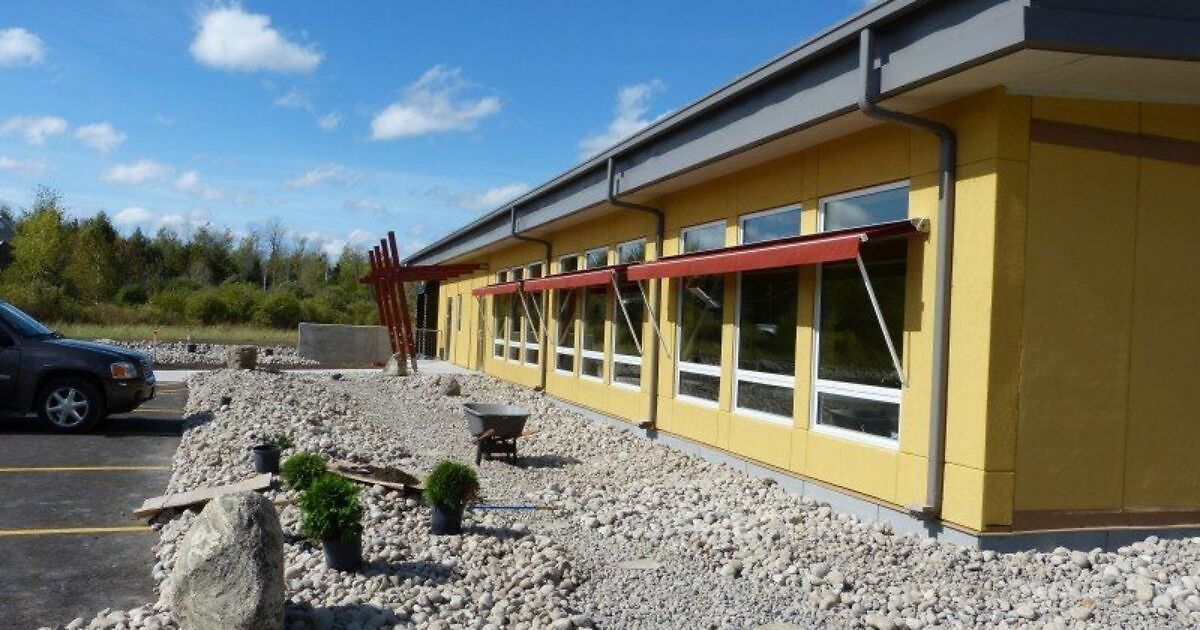Below is one of my Simple Generic Logical Diagrams of a "Component" based system using batteries in parallel. This indicates where fuses/breakers should be located for an A-Typical system.
This shows it a separate Solar Charge Controller, a dedicated charger & an Inverter or Inverter/Charger unit.
Most installations have an Inverter/Charger which eliminates the dedicated charger.
* Batteries in Series increase the voltage.
* Batteries in Parallel increase the capacity (Amp Hours).
NOTE, the diagram uses a Dual Busbar setup with the upper busbar showing how the separate devices can be interconected and fused. There are solutions to put all of that together professionally by using DC Sub-Panels / E-Panels with proper DC Breakers with a Main Master large scale breaker. E-Panels can be expensive - depends on what you want and how "pro & safe" you want your system.
12V @ 250A draw from battery can support a MAXIMUM of 3000W + surge, and that is the top edge limit... If for any reason you require any higher wattage you will need to step up to 24V/48V. However, from your description, you will likely not be pulling anywhere near 3000W continuously.
Solar Panels need a Solar Controller which you failed to mention. Given the odd number of panels, their wattage & voltage, I think a single Midnite Classic 200, possibly a Classic 150 could manage that likely in a 3 Parallel strings of 2 panels. NOTE a Midnite Classic 150 or 200 in Canada will cost about $1100, alternately a Victron 150 or 200 Volt SCC may do as well... Solar Panel specs will be required and then the software on the sites can work out panel array config.
Battery Fuses: Each battery should be fused @ 100A "IF" they are 12V/100AH LiFePo4. For 12V MRBF are acceptable (cost effective)
Easily and economically satisfies ABYC 7 circuit protection rule by mounting on a 3/8 battery post, battery switch or bus bar.

www.bluesea.com
A REAL BusBar capable of dealing with the amperage: There are cheapo's that will cause issues.

pikeind.com
Battery Switch: is important to disconnect everything when working on equipment & or for storage.
350 Amps continuous rating for inboard gasoline or diesel engines.

www.bluesea.com
Solar Controller Fuse/Breaker: There are usually TWO Breakers, 1 for the incoming solar power & 1 for outgoing power to batteries. The sizing is determined by the Solar Controller & Panel configurations. Fuses can be used but is not the "usual".
Independent Charger Fuse/Breaker would be sized to it's Max Output Amps.
Inverter/Charger Fuse/Breaker would require a Class-T or Mega Fuse @ 250A, a 200A Would work as well and still allow for surge handling.
Wiring: Because you went large Inverter that is capable of 250A Draw, you need to use 4/0 Gauge to handle it... NOT Cheap stuff. You will need equal length 4/0 wires from Inverter to Battery Bank busbars and then equal length wires from there to battery terminals. We Recommend using High Grade Welding Cable with ultra fine wire (very high strand count) with Tin Plated closed ends.
Wire: https://www.solacity.com/product/2-awg-4-0-awg-welding-wire/
Terminals: https://selterm.com/collections/tin...ery-cable-ends-wire-lugs-marine-grade-md4038p
NOTE: Fuses, Breakers, Wires etc can ALL be purchased from Solacity (Kemptville Ontario)
YOUR Canadian source for all renewable energy supplies! Buy solar panels, charge controllers, inverters, batteries and more at great prices. We design too!

www.solacity.com
FOR YOU TO DO:
1) Full & Proper description of
ALL your hardware, (Make/Model/Version) Solar Controller, Inverter or Inverter/Charger, and BATTERY INFO
2) Specifications of the Solar Panels (Make/Model) and the specs on the back sheet.
3) Is cabin heated or not (LiFePo4 LFP cannot be charged below 0C Temp ! Some have heating pads but not all. Some do not even have Cold Temp Protection (which can be hazardous)






